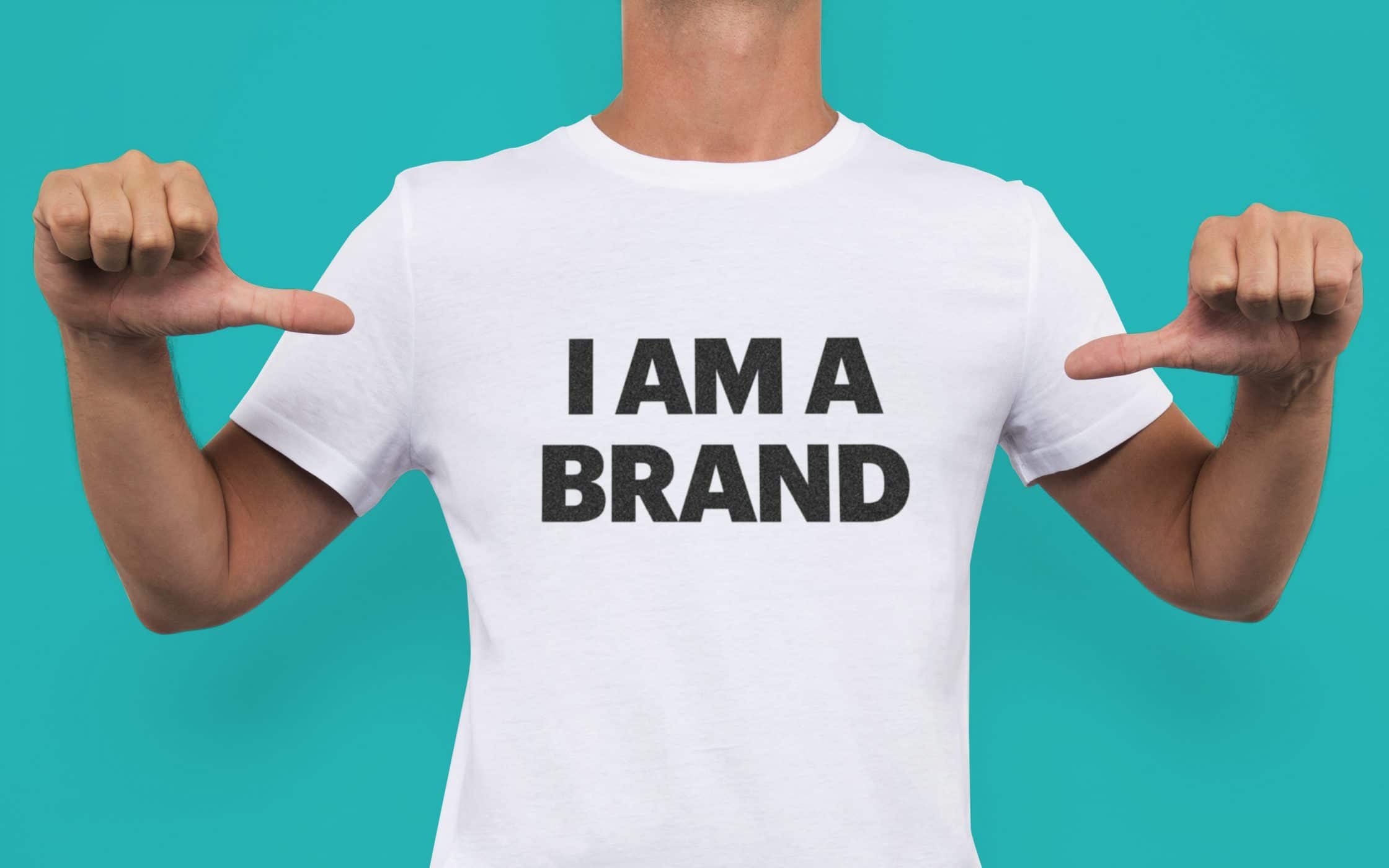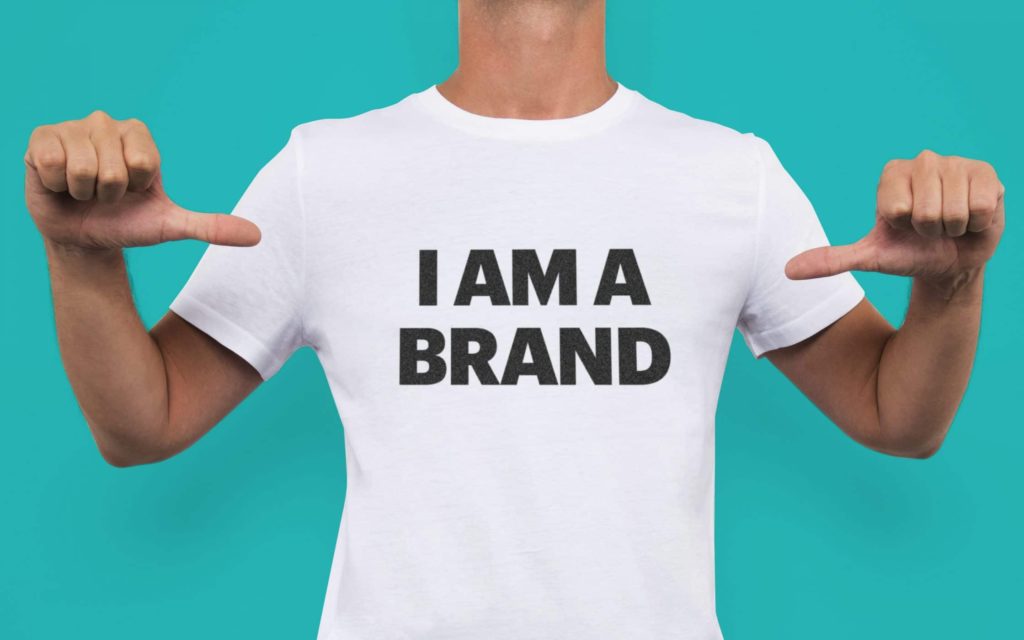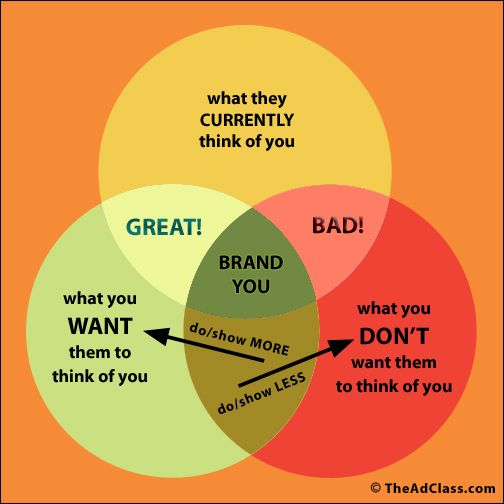

01 Mar ARD 548-Professionally created a personal brand
Own personal brand is a dream of more and more people who want to enter the market and propose their own solutions, their own ideas, services and products. Unfortunately, creating a personal brand in a consistent and professional manner is not an easy task, especially for people who do not have enough knowledge and awareness in this area.
It is also important to be extremely committed and consequently devote a huge amount of time to the development of a personal brand.


A modern personal brand
For many people, the adventure with a personal brand ends at a very early stage, while for others it lasts for many years, becoming a recognizable brand not only in a given territorial area, such as a province or country, but it can become recognizable all over the world .
Many people have failed, but many have achieved unimaginable success. Thus, it shows how much commitment and work should be contributed to the development of your own personal brand. In this aspect, happiness and being at the right moment in a given place are also important.
It is very important. There are also various other details that also affect how our personal brand looks like. Certainly, at the very beginning, it is necessary to define exactly what we want and what requirements we have both from ourselves and from our personal brand.
For if we ourselves have no idea what we care about and what our actual requirements and goals are, we will certainly not achieve them. So everything starts with the best plan from the very beginning. If we are not able to define it ourselves, then we should certainly use the help of professional support.
Then we will have a better chance to achieve real success in the future. A personal brand, however, is unique. In this case, nothing should be postponed. Later, it may just turn out to be too far away, and time does not have to be our ally


Building a personal brand visually
A personal brand consists of many elements. These include, inter alia, visual identification. This is a term that defines how customers see our personal brand. That is why it is so important.
Good visual identification will allow not only to quickly and effectively distinguish a given personal brand from another but also have a positive impact on improving its prestige. Customers and the external environment of a personal brand are often very critical of the brand, so the visual identity must be perfect.
Image and personal brand are perceived by an area of the brain that works quickly and without reflection. Above all, emotions dominate here, and what is important, we experience negative ones more strongly than positive ones.
It is worth quoting here the works of Daniel Kahneman, who writes about two cognitive systems that we have in Mark’s mind are perceived by this intuitive, quick and emotional one. None of us approach the evaluation of another human being analytically, with excel and rationally. Simply put, you can say that either someone approaches us or not. But let us not think that these are such trivial mechanisms, because they have been thoroughly researched and described.
Kahneman describes it as System 1 (functioning beyond the conscious ME and prudent but lazy System 2 (this is the conscious ME) System 1 provides us with impressions from which beliefs and views are formed, and it is responsible for our choices and actions.
Following this path, it is worth being aware of how we perceive other people, i.e. – in the context of a personal brand – how we evaluate and position them in our head. You can rely on your own intuition here, but scientists would laugh at this approach. How we evaluate personal brands, or how we can be judged, is a matter of how our brain works. Following Agnieszka Walczak-Skałecka we will see what is worth paying attention to. Conclusion? 1.When you are considering your personal brand, it’s important to check out potential competitors in your segment. What people can we be compared to? What distinguishes our operation and what can we build an advantage on. What are our strengths, and especially our competitive strengths? Analyze it and remember about the substitution effect.
Image and personal brand are perceived by an area of the brain that works quickly and without reflection. Above all, emotions dominate here, and what is important, we experience negative ones more strongly than positive ones.
It is worth quoting here the works of Daniel Kahneman, who writes about two cognitive systems that we have in Mark’s mind are perceived by this intuitive, quick and emotional one. None of us approach the evaluation of another human being analytically, with excel and rationally. Simply put, you can say that either someone approaches us or not. But let us not think that these are such trivial mechanisms, because they have been thoroughly researched and described.
Kahneman describes it as System 1 (functioning beyond the conscious ME and prudent but lazy System 2 (this is the conscious ME) System 1 provides us with impressions from which beliefs and views are formed, and it is responsible for our choices and actions.
Following this path, it is worth being aware of how we perceive other people, i.e. – in the context of a personal brand – how we evaluate and position them in our head. You can rely on your own intuition here, but scientists would laugh at this approach. How we evaluate personal brands, or how we can be judged, is a matter of how our brain works. Following Agnieszka Walczak-Skałecka we will see what is worth paying attention to. Conclusion? 1.When you are considering your personal brand, it’s important to check out potential competitors in your segment. What people can we be compared to? What distinguishes our operation and what can we build an advantage on. What are our strengths, and especially our competitive strengths? Analyze it and remember about the substitution effect.
- Separating character from behaviour is one of the toughest skills in the world when we quickly pigeonhole people and love quick grades. Remember that you are also judged that way, and therefore behaviour is of great importance.
- Competence is the foundation, but image matters. It is the image that reflects the brand in the minds of the recipients. The image is the sum and simplification of many associations, information, feelings and guesses that the recipient has about the brand at a given moment (or time). Trust arises from professional appearance, self-confidence, a strong handshake, etc. etc. It is not worth underestimating this sphere when working on a personal brand.
- A coherent personal brand is one leading topic, clear association, a strong top of mind position in a given segment. Do not break down into thousands of topics, just take first place in your category and try to keep it as long as possible.
- If you already have the first place in the category, in order not to lose it, remember about yourself, your competences or values. It’s not about exhibitionism. It is about consciously maintaining the exposure of a personal brand in your field.
- Being optimistic about a personal brand can really hurt us. I don’t want to urge anyone to lower their self-esteem, but rather reflect on overconfidence and lack of humility. I believe that modesty is a virtue and will never hurt the strength of the brand. It is worth recalling the words of an author I do not know: “Modesty is the awareness of power that is not abused.” It is worth emphasizing here that a brand has six meanings and that when working on a personal brand, all these meanings should be clearly defined:
1) features – the basic dimension of brand perception – after all, every thing or phenomenon has some features;
2) benefits – brand features translate into functional and emotional benefits for the brand recipient;
3) values - experienced benefits and noticed features should be based on the values represented by the brand “owner”;
4) culture – the brand, in addition to values, also represents a broader culture;
5) personality – each brand, through its features and benefits, and based on values and culture, expresses its personality with which the recipient comes into contact;
6) user – the brand defines its recipient, customer; the recipient identifies with the values, culture and personality of the brand he uses or at least respects them.
Also, use the list of questions below to organize your activities:
Why are you doing what you are doing? What values underlie your actions?
What purposes is your brand supposed to serve? What do you want to achieve?
Who is the addressee of your brand?
How is your brand supposed to be perceived? How do you want to be perceived?
What benefits can you offer your audience? How can you help them? Why would they choose you? What promise can you make to them?
What distinguishes you from your competitors?
When building a personal brand, always remember that competences follow the image and publicity. Behind the online world a consistent in-person experience, and in all this, do not forget about modesty and humility. At a time when so many people talk about screaming louder, these virtues and values are at a premium.
The 4C Principle in Personal Branding:
clarity – clarity, clear thought and message;
consistency – consistency (of declarations, messages and actions);
constancy – consistency that builds credibility and trust through fulfilled promises;
charisma – charisma associated with competitive advantage, uniqueness;
The FRED formula in personal branding:
Familiarity – recipients perceive the brand as close to them;
Relevance – we always evaluate the importance of the brand to the recipient
in terms of meeting its specific needs;
Esteem – reputation value;
Differentation – stand out or die.


Sorry, the comment form is closed at this time.